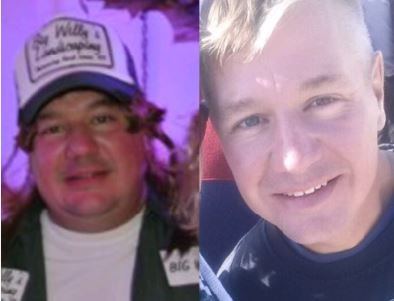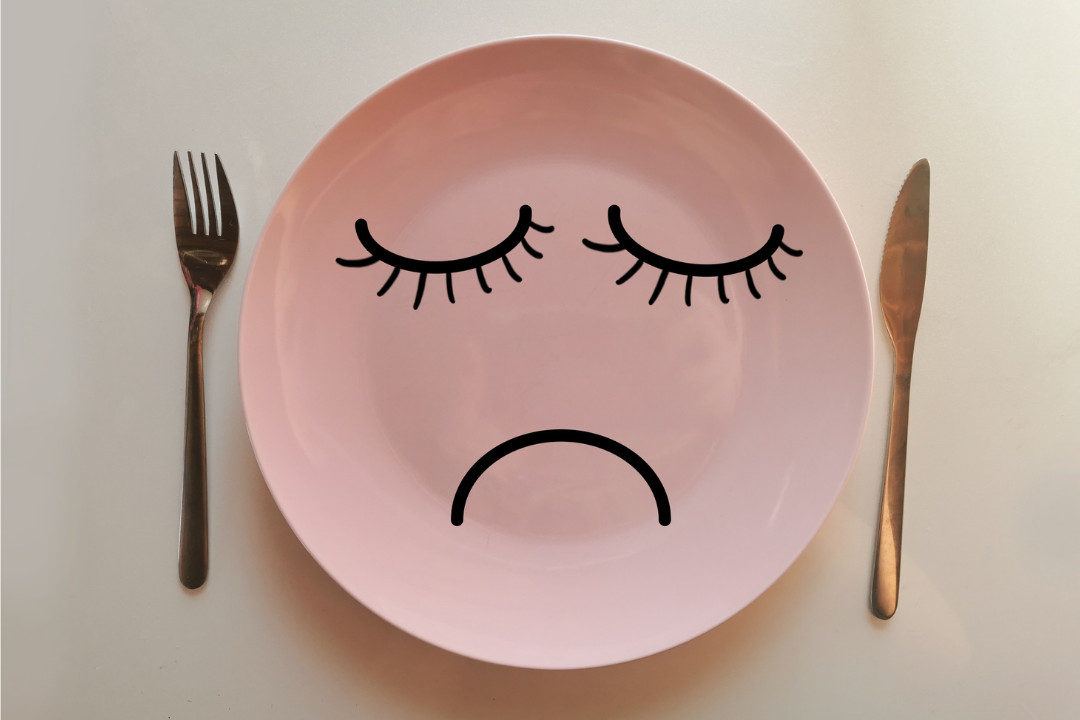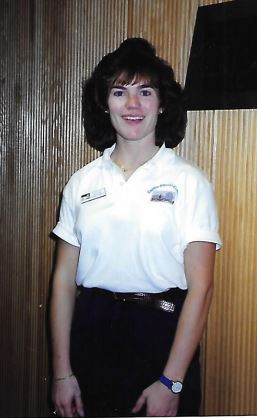
There’s a powerful idea from the book Younger Next Year that’s stuck with me ever since I read it:
Your body is always doing one of two things: growth or decay.
There’s no neutral zone. No pause button. Just a constant cellular conversation—Are we rebuilding or breaking down?
And here’s the kicker: movement is the signal.
Every time you move, you tell your body, “Let’s heal. Let’s repair. I’m choosing growth.”
Skip that signal, and your body assumes the game’s over. It starts to unravel—muscle loss, insulin resistance, inflammation, fatigue.
I remember being about eight years old when my friend broke her arm roller skating. Her cast went from her knuckles to above her elbow, and it felt like she wore it forever. I couldn’t tell you how long—at eight years old, I didn’t really track time. But I do remember what her arm looked like when the cast came off: skinny and stiff, and the skin was pale and wrikled. She couldn’t even straighten it. I thought, “How weird is that? All from wearing a cast.”
Now I know—it wasn’t weird. It was decay. Her arm hadn’t moved in weeks, so her body assumed it wasn’t needed. Muscle atrophied. Flexibility faded. That’s what happens when movement stops.
Here’s what that looks like in real life:
Growth: You start strength training. Your muscles experience tiny tears, which trigger repair. Your body responds by building stronger, denser muscle tissue.
→ More lean mass, better insulin sensitivity, improved glucose uptake, and a metabolic boost.
Decay: You stop moving. Without that signal, your body assumes it’s time to shut down. Muscle mass declines, insulin resistance creeps in, and inflammation rises.
→ Higher blood sugar, more fatigue, and a slower metabolism.
But you don’t need a gym membership or a perfect plan. You just need motion.
A walk after dinner. A few squats while brushing your teeth. A dance break in the kitchen.
It all counts. It all matters.
💡 Try this tomorrow:
Set a timer for 10 minutes. Walk, stretch, squat—just move.
That’s your signal to choose growth.
----------------------------------------------------------------------------------------------
Tired of being overweight & taking medication?
Start fixing what's wrong... so you can toss the meds.
Overweight. Obesity. Type 2 diabetes. Atherosclerosis. High blood pressure. High cholesterol. GERD. MORE.
Start losing weight TODAY!
Use these 5 simple yet powerful diet tips to speed you on your way.
Incorporating a strength training routine into your exercise regimen offers substantial benefits that go beyond traditional cardiovascular workouts. While cardio exercises like walking and cycling are often associated with weight loss, strength training is more effective for shedding pounds, especially as one ages. This is because strength training not only builds muscle mass but also boosts calorie burning even when you're at rest, ensuring a more sustained weight loss process.
Read more...













